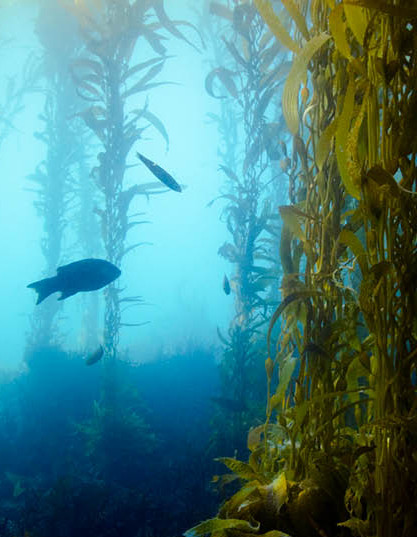Experts study kelp help
 Forces are fighting to restore Tasmania’s decimated kelp forests.
Forces are fighting to restore Tasmania’s decimated kelp forests.
More than 95 per cent of the giant kelp forests that once dominated Tasmania’s East Coast have been lost as a result of climate change.
In 2012, south-eastern Australia’s kelp forests were listed by the Australian Government as an endangered marine community, the first such listing for a marine community in Australia.
“The primary driver of the decline in our giant kelp forests has been the extension of the East Australian Current (EAC) into Tasmanian waters as the ocean climate in eastern Tasmania warmed,” Professor Johnson said.
“Giant kelp has suffered due to both the higher sea temperature and the nutrient-poor water that the EAC has delivered.
“Over just a few decades the extensive, rich and dense kelp forests that were once an iconic feature of the east coast have been reduced to a few isolated patches.”
The new joint research project is testing ways to restore Tasmania’s iconic giant kelp forests,
“In collaboration with the Climate Foundation as part of its work to regenerate food security, ecosystem services and mitigate climate change, our study aims to establish whether there’s any chance of restoring these important marine communities by identifying individual giant kelp plants that may be genetically better adapted to warmer sea temperatures,” Professor Johnson said.
The foundation says its marine permaculture development program is designed to increase the capacity to regenerate life in the oceans and ensure healthy ecosystems.
“Active restoration of these now degraded and disappearing habitats represents a potential approach for conservation of giant kelp forests while at the same time offering new commercial possibilities,” project researcher Dr Cayne Layton said.
“The same techniques that underpin restoration may also be able to facilitate the development of giant kelp Marine Permaculture for commercial harvest and integrated multi-trophic aquaculture.
“This study is essentially a pilot project that could lead to a much larger piece of work if we establish that there is the potential for restoring giant kelp.”







 Print
Print